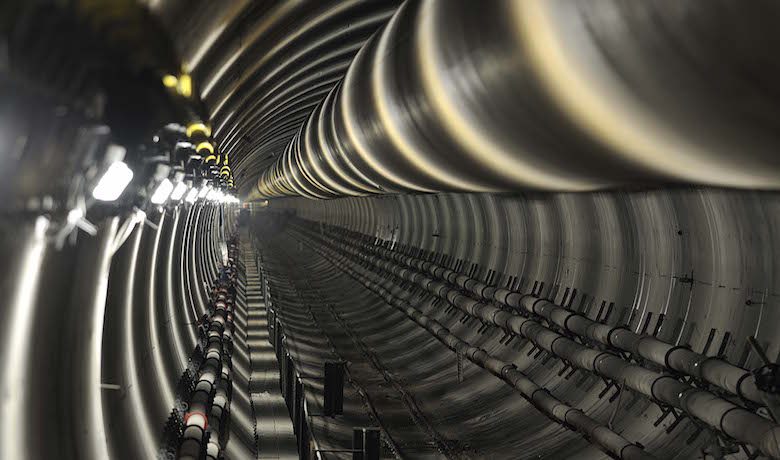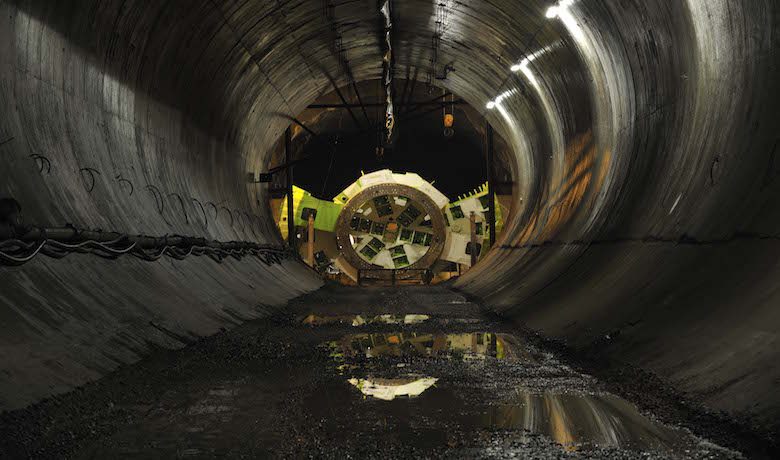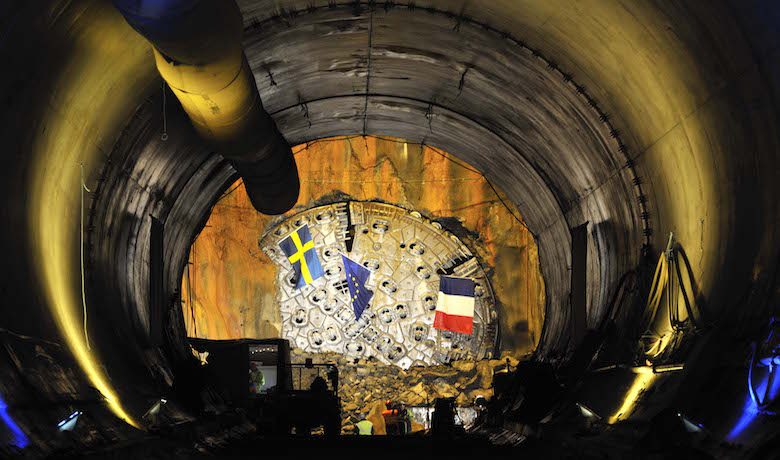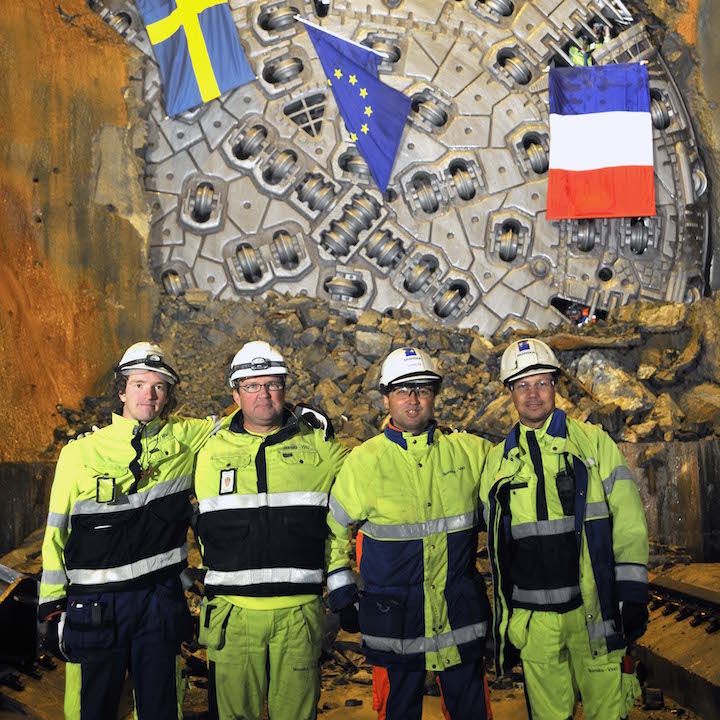BACKGROUND
The Hallandsås mountain range alternates between bedrock and loose unconsolidated ground. The area of Möllebäck is so waterlogged that it can spout up to 400 litres per second when the ground is pierced (equivalent to the water consumption of a city of 100,000 inhabitants). A small government-owned company took up the challenge and began TBM-boring operations. But after only 16 metres, the machine got stuck. After trying to make progress using blast tunnelling for another 3 years, this company gave up. Skanska took over and also chose to proceed with blast tunnelling. But following an environmental scandal, operations were once again brought to a halt, and Skanska withdrew from the project. The national transport authority refused to quit and, despite these 2 setbacks, was determined to improve rail service in the western part of the country. It decided to approach non-Swedish building and public works companies with the expertise needed to make the project a success. That was when VINCI Construction Grands Projets decided to partner with Skanska to restart the project.











